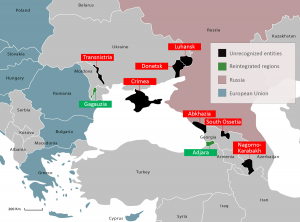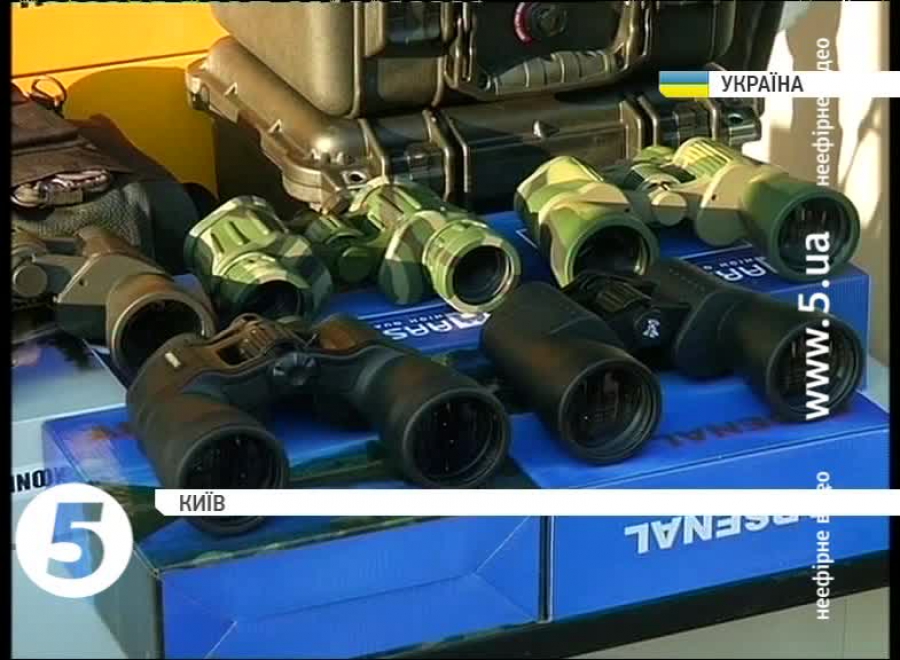“Frozen” is a Western mischaracterization of Russia’s protracted conflict undertakings against Moldova in Transnistria, against Georgia in Abkhazia and South Ossetia, and now of the desired end to Russia’s intervention in eastern Ukraine’s Donbas.
Those conflicts never “froze” in a political sense—not even after the cessation of active hostilities in Moldova in 1992, in Georgia by fits and starts until 2008, and in Ukraine’s east with the 22 July 2020, enhanced ceasefire agreement. Instead of the immobility of a “freeze,” the cessation of hostilities has allowed steady movement toward political solutions favorable to Russia and its local protégés.

Transnistria became “the” pilot project for conflict conservation, in a tacit consensus between Russian and Western diplomacy, from 1992 to date; albeit with the supine acquiescence of Moldova as the object of aggression. Such acquiescence is one of the dissimilarities between this conflict and that in Ukraine’s east (and, earlier, in Georgia), along with the similarities. Ukrainian observers have been alert all along to the dangerous similarities with the Transnistria model of conflict conservation.Conflict conservation de facto on Russian terms became Western diplomacy’s fallback option instead of conflict resolution on Western terms, which seems unattainable or too costly. Conflict conservation, moreover, downgrades or sidelines these contentious issues on the West’s ambivalent agenda vis-à-vis Russia, as long as the West lacks an overall strategic agenda against Russia.

 Those Normandy prescriptions closely fit the logic of conflict conservation, namely:
Those Normandy prescriptions closely fit the logic of conflict conservation, namely:
- a complete and comprehensive ceasefire between Ukrainian and Donetsk/Luhansk-flagged forces (just achieved on Russian terms—see above);
- step-by-step disengagement of troops along the demarcation line within Ukraine (instead of Russian withdrawal from Ukraine);
- opening checkpoints for movement across the demarcation line (de facto accepting the loss of Ukrainian control beyond the demarcation line);
- a Ukrainian „special status“ for the Russian-controlled territory, to be worked out between “the sides” (implying Kyiv and Donetsk-Luhansk, not Russia) in the Minsk Contact Group (see EDM, December 11, 12, 2019).
The model that has emerged in Transnistria over a 28-year period is broadly recognizable, albeit with necessary adjustments, in the Normandy and Minsk processes. Some elements of this model are unilateral Russian measures tolerated by Western diplomacy while other elements presuppose diplomatic coordination.
Read more:
- Gagauzia – object lesson for Ukraine on how a ‘reintegrated’ region gives Moscow leverage
- Shady agreements legitimizing Russia’s puppet “republics” likely signed in Minsk
- Traps of the Transnistrian conflict
- Troop disengagements with Russia work only after capitulation to Russia: lessons from Georgia and Moldova
- Ukrainian President Zelenskyy appoints gerontocrats to negotiate with Russia in Minsk
- Kozak-Yermak plan on Donbas: The fine print
- Policy shift shows Russia preparing to recognize its puppet republics in Donbas
- Transnistria. Why Russia should leave the occupied territories
- European Court of Human Rights ruled Russia responsible for actions of Transnistria
- Transnistria frozen conflict zone recognizes Russian tricolor as second “national” flag
- Why Ukraine must avoid the Transnistrian scenario





